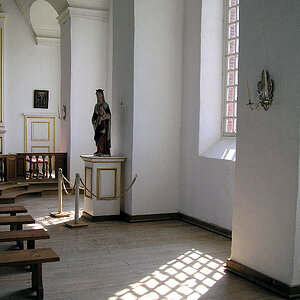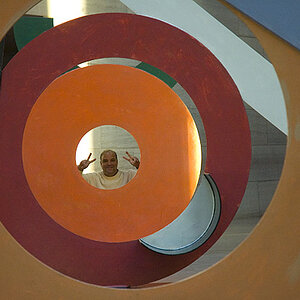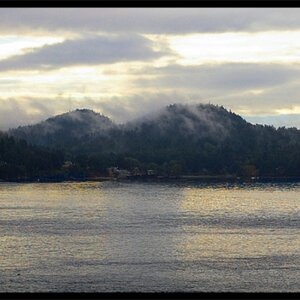ketan
TPF Noob!
- Joined
- Jul 16, 2007
- Messages
- 279
- Reaction score
- 2
- Can others edit my Photos
- Photos NOT OK to edit
Hi,
I recently tried to take some photos of shells and rocks etc.
I used Tamron 28-78 f2.8 on my 30D.
After seeing the photographs I realised that whenever I wanted to have sharp pictures and used apperture f22-f32 the time value were ranging around 1/50 - 1/15 at ISO 400.
The photos were not very sharp. In fact I got the same results when I used self timer to avoid shake.
What apperture works best for such photography when I am attempting to click from about 2 feet distance?
----------------------------------------------------------
f/32 - 1/30
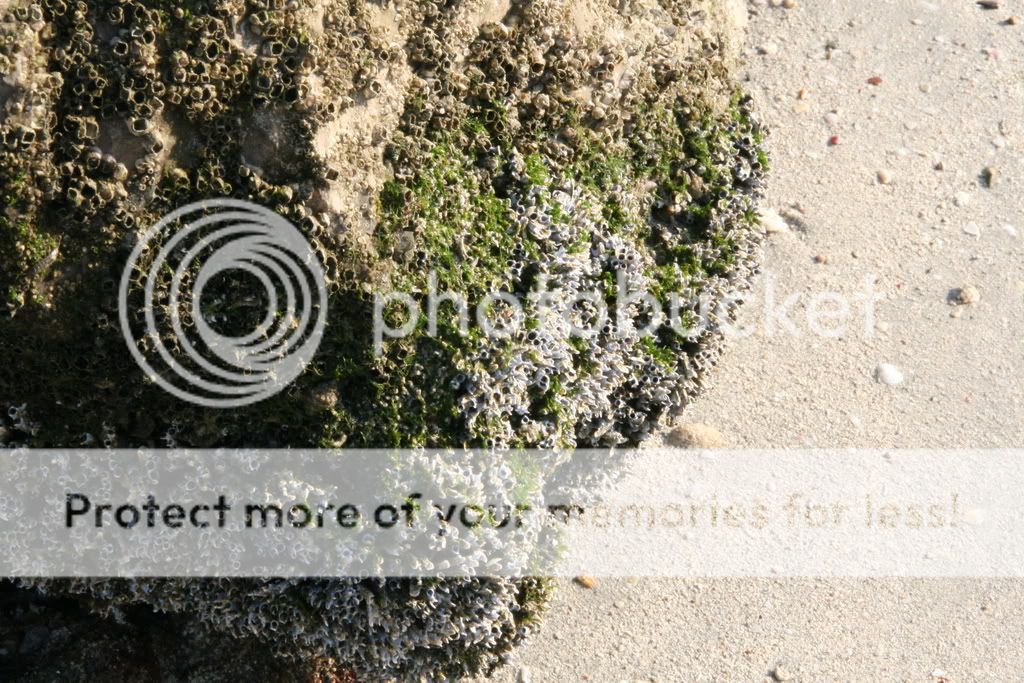
---------------------------------------------------------------------
f/4 - 1/1600
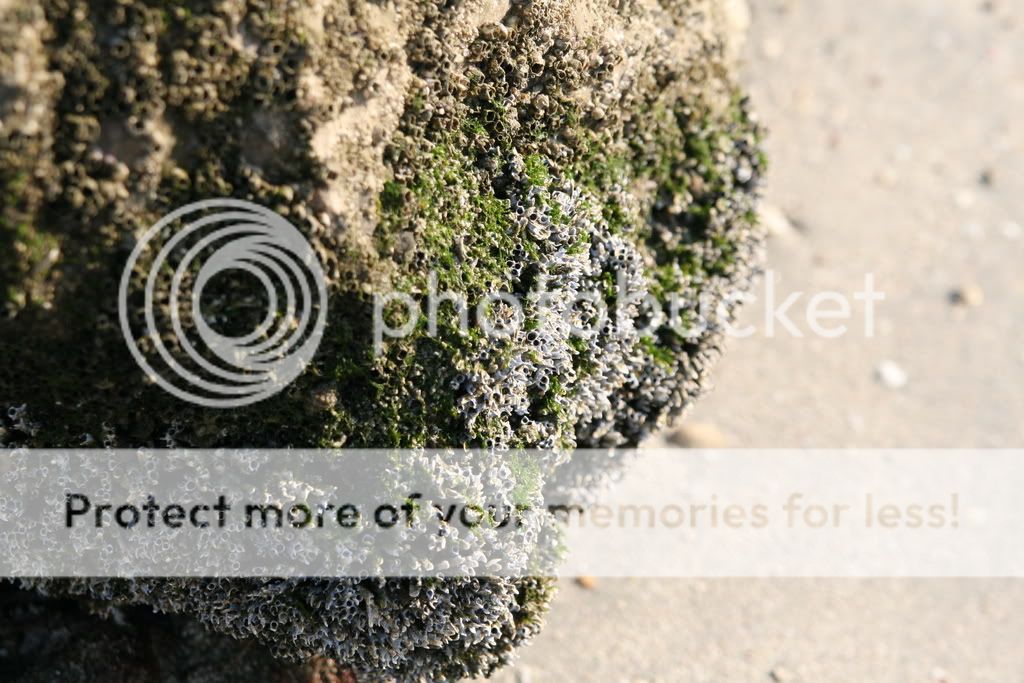
----------------------------------------------------------------
f/2.8 - 1/4000
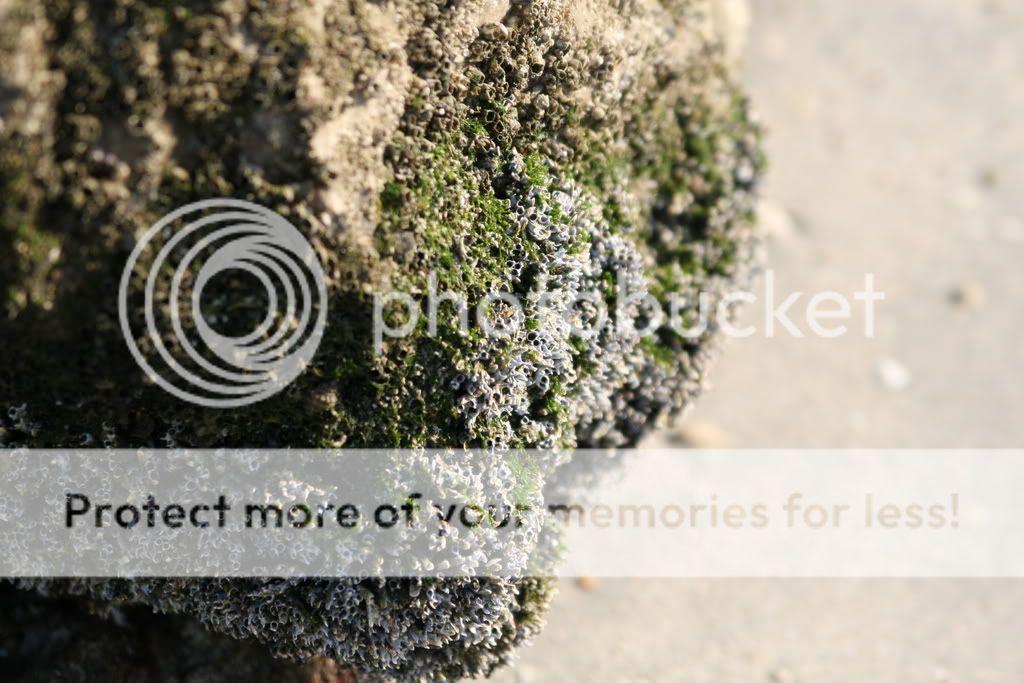
------------------------------------------------------
f/7.1 - 1/500
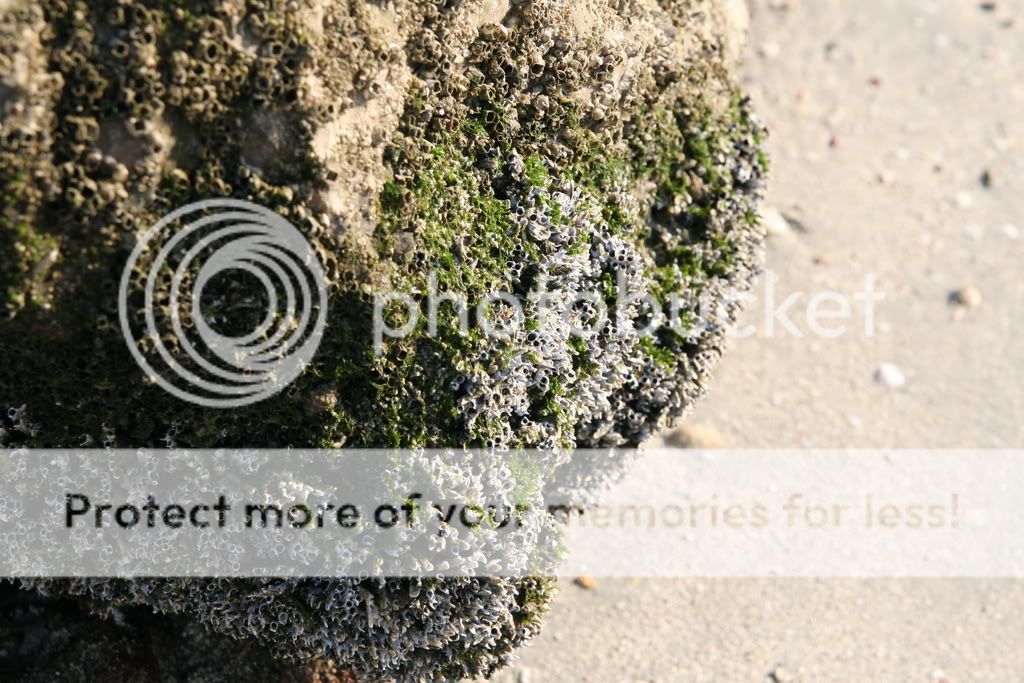
I recently tried to take some photos of shells and rocks etc.
I used Tamron 28-78 f2.8 on my 30D.
After seeing the photographs I realised that whenever I wanted to have sharp pictures and used apperture f22-f32 the time value were ranging around 1/50 - 1/15 at ISO 400.
The photos were not very sharp. In fact I got the same results when I used self timer to avoid shake.
What apperture works best for such photography when I am attempting to click from about 2 feet distance?
----------------------------------------------------------
f/32 - 1/30

---------------------------------------------------------------------
f/4 - 1/1600

----------------------------------------------------------------
f/2.8 - 1/4000

------------------------------------------------------
f/7.1 - 1/500



![[No title]](/data/xfmg/thumbnail/31/31979-ea92aca54ae865842d998c9cec534991.jpg?1619735137)
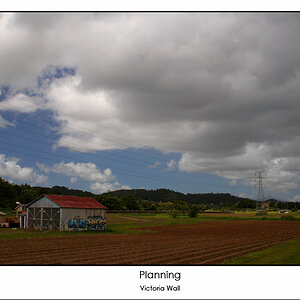
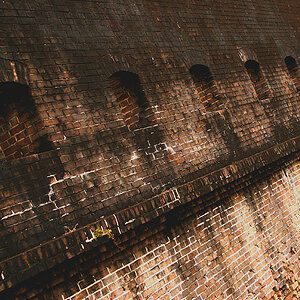
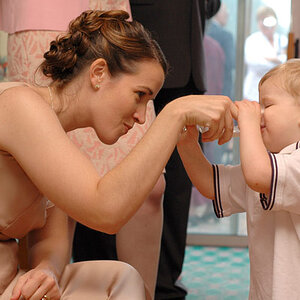
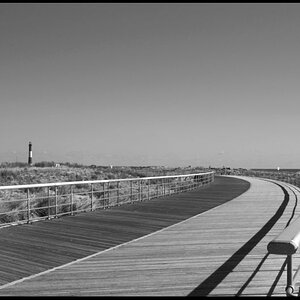
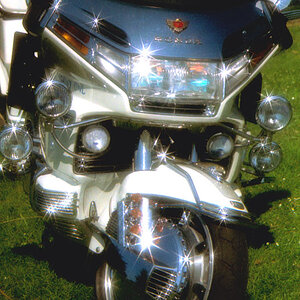
![[No title]](/data/xfmg/thumbnail/33/33356-9cfc19255e84aab13c903f781a99cf9f.jpg?1619735920)
![[No title]](/data/xfmg/thumbnail/37/37603-739c5d9b541a083a12f2f30e45ca2b7b.jpg?1619738147)
